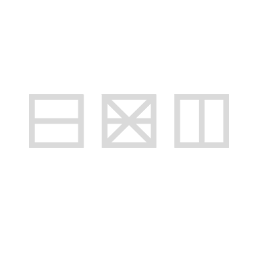Amatorski - Curves and Bends, Things Veer

After a detour via deep ambient, field recordings and other experimental practices, after a hiatus of several years, Amatorski have released a new album entitled Curves and Bends, Things Veer, once again via the Crammed Discs label.
The title of the new album is taken from Timothy Morton's book All Art is Ecological, which explores the complex and nonlinear nature of reality. Unlike Amatorski's previous releases, Curves and Bends, Things Veer focuses less on interpersonal relations, it rather attempts to conduct a modest and subtle search for the relationships between humans and nature, time and phenomena. Other inspirations for the album came from Taoist poetry (translated by Ursula K. Le Guin) and the work of Anna Tsing, Donna Haraway, Karen Barad and others.
The album was written, composed, arranged and produced by Inne Eysermans (vocals, keys, guitar, beats). Additional arrangements were recorded with the collaboration of guitarist Jasper Segers, drummer and percussionist Christophe Claeys, and Liew Niyomkarn, who integrated various field recordings and synthesized sounds into the songs. Dienne Bogaerts played the oboe on Echo Variations. These collaborations resulted in an extensive collection of recordings, which Inne further processed at home and used to finalize the album.
Inne is affected by unilateral deafness, which prevents her from perceiving stereophonic sound or music. After years of mixing in stereo, she seized the opportunity to explore the idea of a mono mix, with the help of Yves De Mey, who mixed the album (except for High the Tides and Come to Dust which were mixed by Inne Eysermans).
Che Go Eun’s artwork for the album depicts a 'digital garden' or synthetic still life, showing a symbiotic relationship between human and non-human entities. Inspiration for this was taken from Che Go's own work, the films of Bertrand Mandico and Apichatpong Weerasethakul, illustrations such as those by Ernst Haeckel and Maruyama Okyo, sonograms of body tissues and muscles, microscopic images of bacteria (including, for example, the vibrio bacteria), and a 3D model of a virus.















